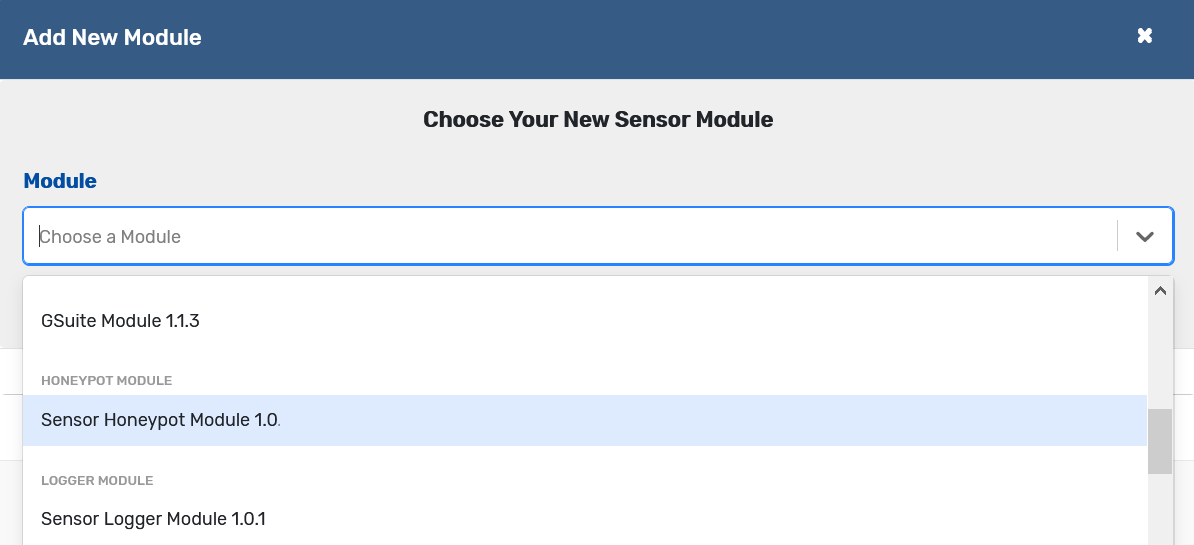

The trap setter then monitors this email address to trap individuals who send messages to it. Trappers then make the honeypot email easier to lift than a legitimate email address, thus making the honeypot more appealing through built-in security vulnerabilities. A trap setter can use CSS to hide this email address from human eyes while rendering it visible for harvesters and bots who programmatically crawl the web page.

These honeypot email addresses are embedded within a webpage’s code. In this case, the honeypot is a designated inactive email address that has never been used and has never opted into any email campaigns. The human actors behind these malicious programs can hit these harvested emails with a malware attack or sell the email addresses to unsuspecting email marketers. Let’s look at the honeypot operation needed to catch a harvester or bot that scrapes websites to collect email addresses. Honeypots can catch either human actors or malicious programs designed to act on behalf of human actors. These traps can target bots that try to inject fake email addresses into an email collection form, hackers who try to scrape email addresses from a web page, or harvesters that collect personal data like bank account details. These traps vary depending on the type of malicious actor the trap setter is trying to catch.

In cybersecurity terms, a honeypot is a clever anti-spam trap that lures spammers into revealing themselves by offering up tempting targets.


 0 kommentar(er)
0 kommentar(er)
